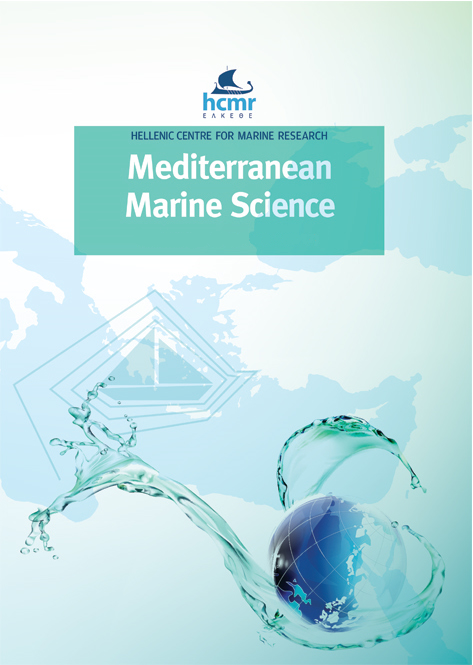Spatial variation of summer microphytoplankton and zooplankton communities related to environmental parameters in the coastal area of Djerba Island (Tunisia, Eastern Mediterranean)

Abstract
In the present study, we investigated the effects of pollution and anthropization on the summer distribution of phyto-zooplankton
communities in relation to environmental factors in the coastal zone of DjerbaIsland. On the basis of chemical factors, the
Djerba coasts can be divided into two parts: the Western Area (WA), characterized by high values of nitrogen forms of nutrients,
with higher N/P ratio, and the Eastern Area (EA), poorer in inorganic nitrogen with an N/P ratio lower than the Redfield ratio (16).
Strong differences in terms of plankton communities were also observed between these two areas. Bacillariophyceae was the most important microphytoplankton group in the WA whereas the proportion of Cyanobacteria was higher in the EA. High Cyanobacteria abundance in the EA may be linked to high DIP concentration. In the WA, the Bacillariophyceae Chaetoceros, Coscinodiscus, Grammatophora, Navicula and Pinnularia reached high abundance in relation with their good adaptability to adverse conditions. Copepods were the most abundant zooplankton present in the WA (54–100% of total zooplankton abundance), whereas other zooplankton were always dominant (60–90%) in the EA. The small pollution-tolerant Calanoid copepod Paracalanus parvus was dominant in the WA, illustrating its affinity for highly eutrophic sites. Despite human pressure and industrial activities, the coastal waters of Djerba showed a wide diversity of microphytoplankton and zooplankton.
Article Details
- How to Cite
-
REKIK, A., GUERMAZI, W., KMIHA-MEGDICHE, S., SELLAMI, I., PAGANO, M., AYADI, H., & ELLOUMI, J. (2023). Spatial variation of summer microphytoplankton and zooplankton communities related to environmental parameters in the coastal area of Djerba Island (Tunisia, Eastern Mediterranean). Mediterranean Marine Science, 24(1), 156–172. https://doi.org/10.12681/mms.30650
- Section
- Research Article
Authors who publish with this journal agree to the following terms:
- Authors retain copyright and grant the journal right of first publication with the work simultaneously licensed under a Creative Commons Attribution Non-Commercial License that allows others to share the work with an acknowledgement of the work's authorship and initial publication in this journal.
- Authors are able to enter into separate, additional contractual arrangements for the non-exclusive distribution of the journal's published version of the work (e.g. post it to an institutional repository or publish it in a book), with an acknowledgement of its initial publication in this journal.
- Authors are permitted and encouraged to post their work online (preferably in institutional repositories or on their website) prior to and during the submission process, as it can lead to productive exchanges, as well as earlier and greater citation of published work (See The Effect of Open Access).





